Houston Institution in Med Center Celebrates
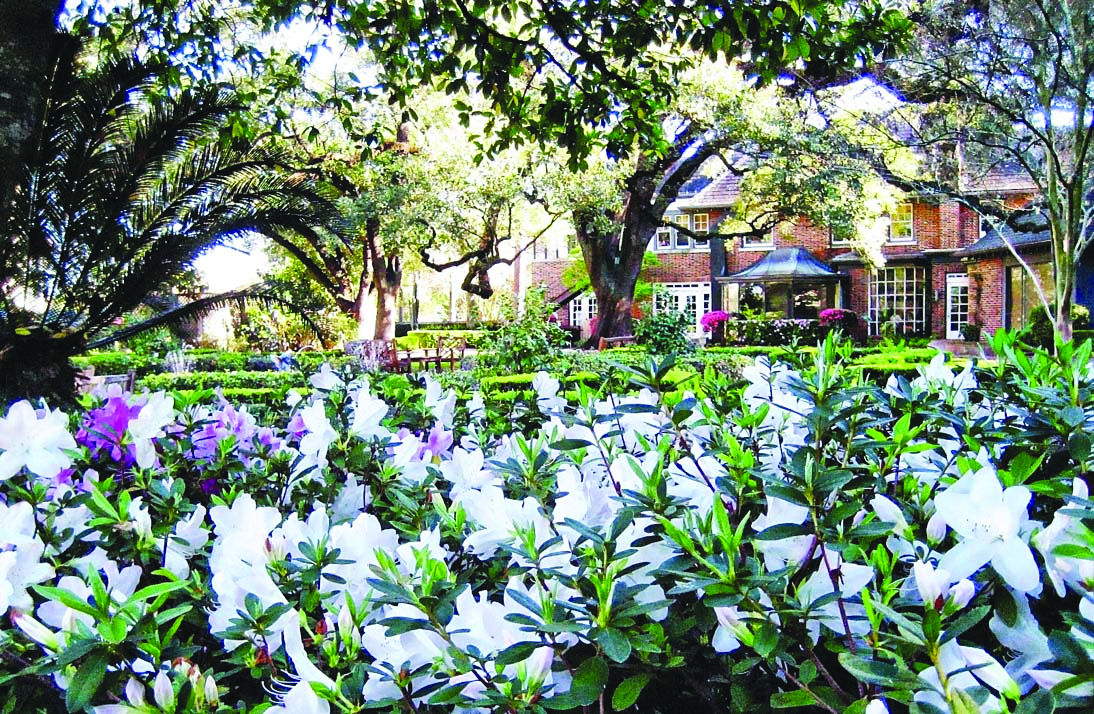
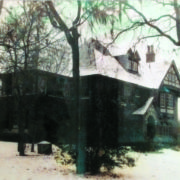
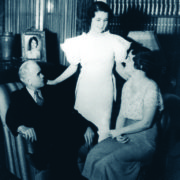

 +4
+4 Houston Institution in Med Center Celebrates
Houston Hospice Historic Garden Reopens, Celebrating 40th Anniversary
Houston Hospice’s historic garden reopened to patients, families, and the community, Monday, December 14, 2020 during a small ceremony in the Texas Medical Center. Through generous grants, the newly renovated garden has been restored to its original Holcombe House estate design, allowing for wheelchair and hospital bed access.
In addition, Houston Hospice presented its 40th Anniversary official recognition proclamation, signed by Texas Governor Greg Abbott, in commemoration of the nonprofit organization’s momentous milestone.
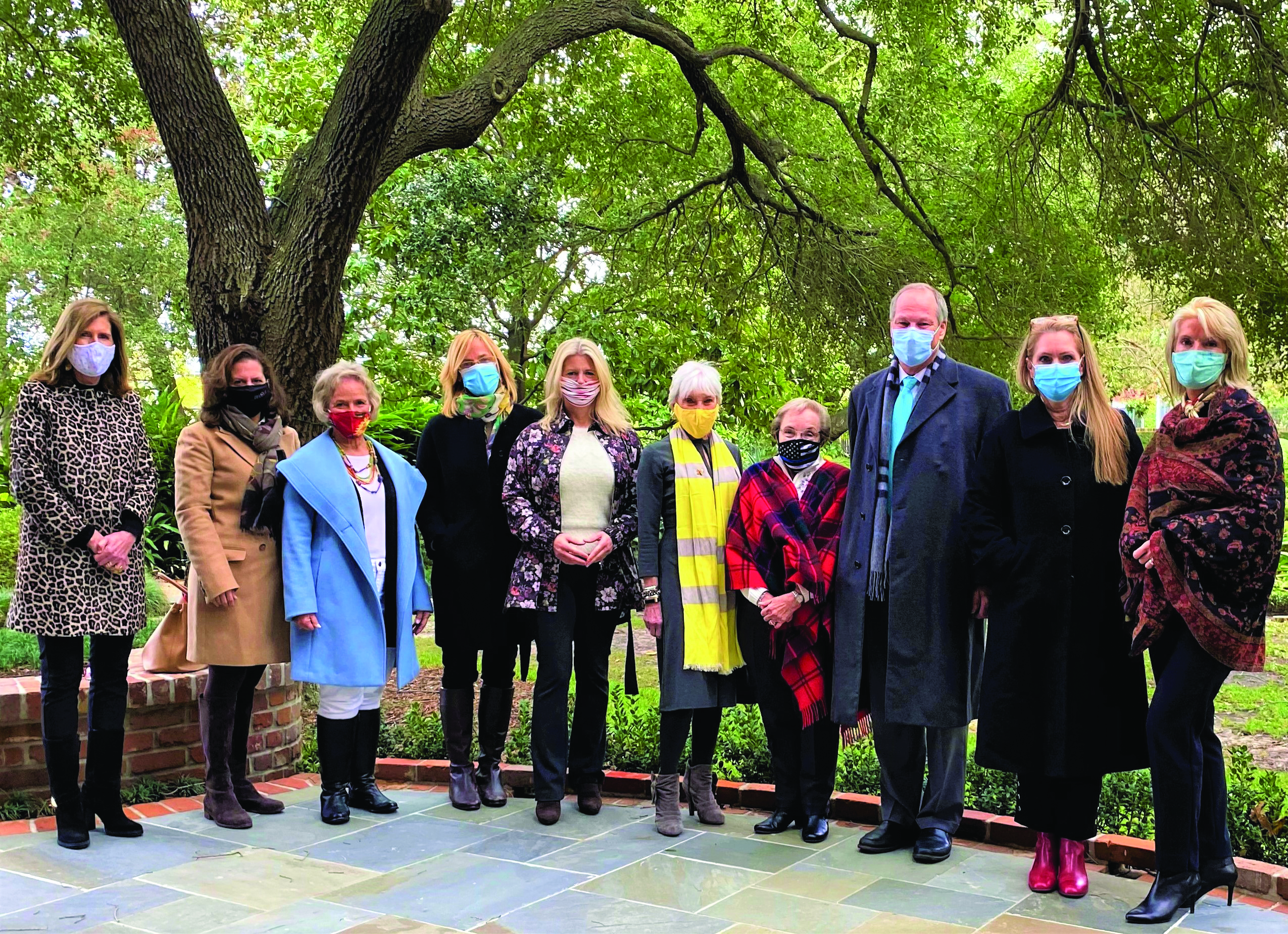 From left: The Garden Club of Houston Board Members – Vivie O’Sullivan, Isabel Lummis, Sue White (Houston Hospice Board Member), Julie Griffin, Jenny Kempner; Cynthia Nordt, VP Development, Houston Hospice; Sue Gaines, 29-Year Volunteer at Houston Hospice; Dr. Paul Mansfield, Professor of Surgical Oncology, M.D. Anderson Cancer Center and Houston Hospice Chairman of the Board; Rana McClelland, President & CEO, Houston Hospice; Aida Matic, incoming VP of Development Houston Hospice.
From left: The Garden Club of Houston Board Members – Vivie O’Sullivan, Isabel Lummis, Sue White (Houston Hospice Board Member), Julie Griffin, Jenny Kempner; Cynthia Nordt, VP Development, Houston Hospice; Sue Gaines, 29-Year Volunteer at Houston Hospice; Dr. Paul Mansfield, Professor of Surgical Oncology, M.D. Anderson Cancer Center and Houston Hospice Chairman of the Board; Rana McClelland, President & CEO, Houston Hospice; Aida Matic, incoming VP of Development Houston Hospice.
1980: Houston Hospice is founded. The same year, New Age Hospice is formed, which will later merge with Houston Hospice. New Age Hospice’s primary organizer is determined to establish a source of humane, caring responses for dying patients and their families, following the loss of three of her children.
1981: Houston Hospice (as New Age Hospice) begins accepting patients. Its first medical director is Dr. Richard Lamerton, a revered authority on care of the terminally ill who had been the first intern trained by the famous Dame Cicely Saunders at St. Christopher’s Hospice in London.
1982: Congress includes a provision to create a Medicare hospice benefit in the Tax Equity and Fiscal Responsibility Act.
1983: Houston Hospice (as New Age Hospice) becomes a member organization of the Texas Medical Center. At the time, it is the only hospice in the country so affiliated.
1986: The Medicare Hospice Benefit is made permanent by Congress.
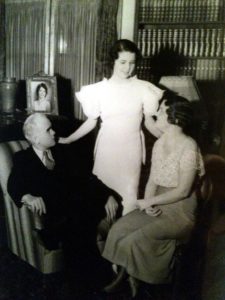
1989: The Texas Medical Center, acknowledging the importance role Houston Hospice (as New Age Hospice) is now playing in the health care spectrum and the unique aspects of its care, gifts to the Hospice the former home of Mayor Oscar Fitzallen Holcombe, a picturesque English Tudor style home built in 1925 and its gardens, covering a 2.5 acre site just east of M.D. Anderson Hospital.
1993: Hospice is included as a nationally guaranteed benefit under President Clinton’s health care reform proposal. Hospice is now an accepted part of the health care continuum.
1996: Houston Hospice (as The Hospice at the Texas Medical Center) opens the Margaret Cullen Marshall Patient Care Center adjacent to the Holcombe House for inpatient care services. The style of the three-story structure precisely matches the 1925 English Tudor architecture of the former mayor’s home. The Houston Garden Club continues to maintain the lush historical gardens for patients and families.
1996: Houston Hospice develops the Butterfly Program, providing for the distinct hospice needs of infants and youth aged 18 and younger. It is Houston’s first pediatric hospice program.
2002: Houston Hospice merges with The Hospice at the Texas Medical Center to form the largest not-for-profit hospice in Southeast Texas.
2006: The American Board of Medical Specialties (ABMS) recognizes hospice and palliative medicine as a medical specialty.
2014: Houston Hospice’s renovations of the Margaret Cullen Marshall Hospice Care Center are completed, converting the third floor into patient rooms to meet the growing need for inpatient care. Private and communal spaces on all three floors are updated.

































